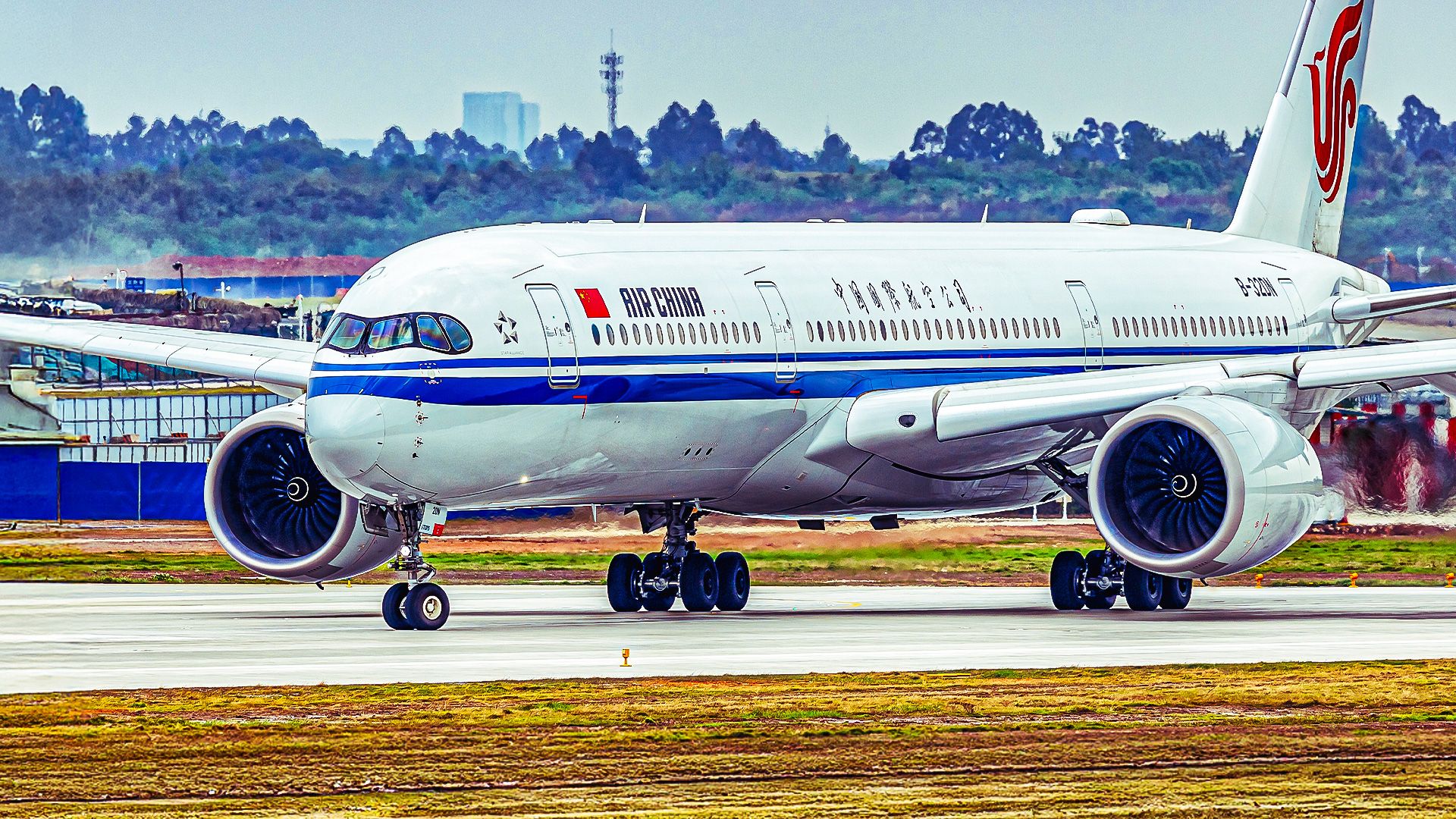The United States Department of Transportation is considering a proposal that would bar Chinese airlines from overflying Russian airspace on routes to the United States. This move, driven by concerns over competitive parity, aims to address the advantages Chinese carriers have gained since Russia closed its airspace to Western airlines due to the ongoing conflict in Ukraine.
Since the onset of the war, Western airlines have been forced to navigate longer routes to Asia, avoiding Russian airspace. This has resulted in increased operational costs and fuel expenses, putting US and European carriers at a disadvantage. In contrast, Chinese airlines have maintained access to Russian airspace, enabling them to offer shorter and cheaper flights between East Asia and the US, effectively enhancing their market share.
Chinese airlines, including China Eastern and China Southern, have expressed strong opposition to the proposed restrictions. They argue that such a ban would significantly increase flight times by two to three hours, leading to higher fuel consumption and impacting passenger schedules. For instance, China Southern estimated that at least 2,800 passengers scheduled to travel from November 1 to December 31 would require rebooking if the proposal is enacted.
Implications for US Carriers and the Market
US-based airlines, including United Airlines, Delta Air Lines, and American Airlines, have been rebuilding their networks to China under challenging political and operational conditions. United Airlines offers nonstop services from San Francisco International Airport (SFO) to Beijing and Shanghai, as well as flights from its Los Angeles International Airport (LAX) hub. However, the restrictions on overflying Russia have forced these airlines to adopt longer and more costly routes.
The proposed rule has garnered support from US airlines, which argue it would level the competitive landscape. The US Department of Transportation has allowed Chinese carriers to operate up to 50 weekly flights to the US since March 2024, but US airlines contend that further capacity increases should not occur until competitive conditions improve.
The shift in air travel dynamics stems from Russia’s decision in 2022 to restrict US and many foreign airlines from its airspace. This exclusion has allowed Chinese airlines to expand their operations without the same limitations, gaining a significant edge in the market. The Chinese Foreign Ministry criticized the US proposal, stating it would hinder international cooperation.
The Role of Cathay Pacific and Future Prospects
Among the players in this complex air travel landscape is Cathay Pacific, based in Hong Kong. Unlike US airlines, Cathay Pacific can still operate flights directly over Russia, giving it a competitive advantage in terms of shorter travel times and reduced operating costs. The initial exclusion of Cathay Pacific from the proposed restrictions has created a loophole, but United Airlines has urged regulators to include Hong Kong carriers to ensure a truly level playing field.
If the proposed restrictions are implemented, flight times for Chinese airlines could increase, leading to higher operating costs and potential fare hikes. Passengers may face delays and longer itineraries, while US carriers would benefit from reduced operational disparities. The situation highlights how the closure of Russian airspace has significantly impacted global aviation, echoing restrictions from the Cold War era.
In conclusion, the ongoing airspace dispute reflects broader geopolitical tensions and the complexities of international air travel. While the proposed changes aim to restore competitive balance for US carriers, the outcome remains uncertain, hinging on the evolving political landscape and the resolution of the conflict in Ukraine.
